Have you encountered the term "mod fashion" while browsing vintage photos or exploring 1960s culture? This revolutionary style movement represents far more than just a trend.
When you look at mod fashion's origins, you'll discover a deliberate rebellion against traditional British conservatism. Later, it transformed into a global phenomenon.
From its sharp-tailored suits to its geometric patterns, mod fashion didn't just change how people dressed. It redefined self-expression for an entire generation.
Key Takeaways
- Mod fashion is a 1960s British youth movement. It's characterized by sharp tailoring, slim-fit clothing, and bold colors.
- The style features narrow-lapeled suits for men and miniskirts for women. It emphasizes clean lines and sophisticated silhouettes.
- Mod fashion rebelled against mainstream conformity through specialized boutiques.
- The movement combined Italian tailoring with British and American influences.
What Is Mod Fashion?
In the early 1960s, a new kind of teenager emerged in Britain: the Mods. This stylish subculture is made up of fashion-focused working-class youths. It developed as a direct continuation of Britain's Teddy Boys and the Beatniks of the 1950s.
Mod style features a mix of tailored shapes, bright colors, and unique designs.
Some popular brands helped create the classic Mod look. They included Ben Sherman, Fred Perry, Merc London, and Baracuta.
What made this style unique was its rejection of mainstream fashion's conformity. Mod style avoids visible logos and includes carefully chosen pieces from famous brands. This reflects the movement's focus on individuality and customization.
History and Evolution of Mod Fashion
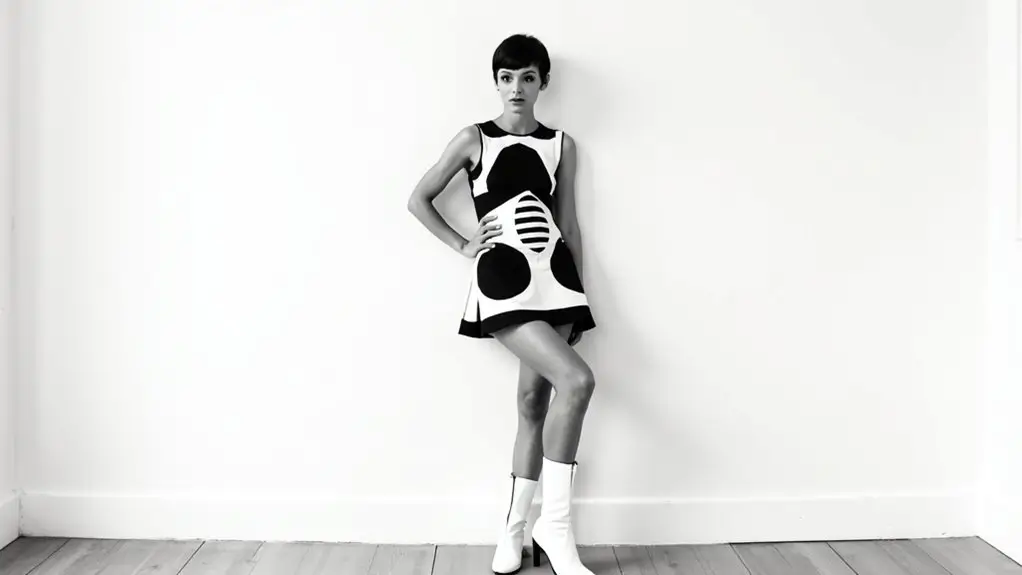
As you look back at the 1960s, you can see how Mod fashion became a symbol of youth culture.
Origins in London
During the late 1950s, London's vibrant youth culture sparked a revolutionary fashion movement called mod style.
The mod movement emerged from working-class youth. They embraced sophisticated tailoring and drew inspiration from jazz culture, Ivy League looks, and Italian suits.
The origins of mod culture were deeply rooted in London's bustling fashion districts. Carnaby Street and Kings Road were key areas for boutique stores. These stores catered to this emerging style revolution.
The term "modernist" reflected their forward-thinking approach. They rejected traditional British fashion in favor of sharp, modern styles that defined a new era of youth expression.
The 1960s Mod Explosion
In the early 1960s, the mod movement spread from London across Britain. It became a national cultural phenomenon that changed fashion, music, and youth identity.
Post-war prosperity and the rise of boutique shopping along Carnaby Street fueled the 1960s mod explosion.
Mary Quant's revolutionary designs and the introduction of the miniskirt captured the zeitgeist of youth rebellion.
The movement gained further momentum through iconic bands like The Who. Meanwhile, highly publicized clashes between mods and rockers intensified media attention.
This cultural upheaval established mod fashion as more than just clothing. It became a complete lifestyle statement.
Global Spread
Britain's cultural revolution soon rippled far beyond its shores. The distinct mod aesthetic captured international attention in the early 1960s.
The movement's influence spread rapidly through fashion capitals. London's Carnaby Street became a global epicenter for mod culture. Iconic bands like The Who and The Kinks served as international ambassadors. They introduced the sophisticated style to audiences worldwide.
The mod revival of the late 1970s sparked renewed global interest, particularly after the release of Quadrophenia.
This resurgence solidified mod fashion's lasting influence on global style. Its clean lines, sharp tailoring, and youthful energy showed its universal appeal.
Key Characteristics of Mod Fashion
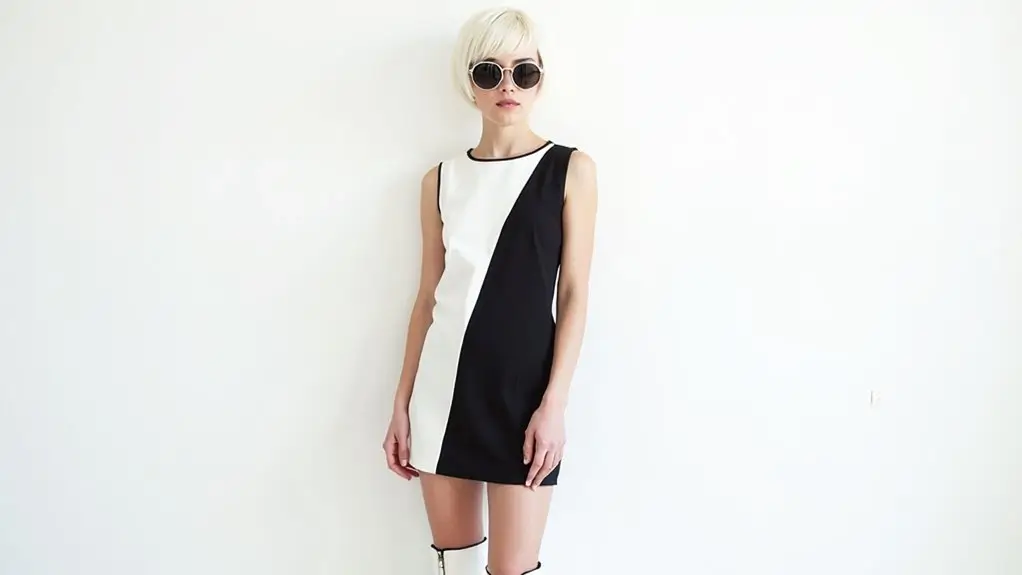
Now, we will examine the main elements that set Mod fashion apart from other styles.
Clothing
Sharp tailoring and clean lines defined mod fashion's clothing in the late 1950s and early 1960s.
The mod look emphasized slim-fit suits with narrow lapels, paired with button-down shirts and skinny ties for men.
Women's clothing featured Mary Quant's groundbreaking designs. This included the iconic miniskirt and hot pants.
The style incorporated knitted polos, Chelsea boots, and graphic prints influenced by Pop Art.
Both men's and women's fashion rejected traditional logos. They focused instead on personalized details and customization.
Italian tailoring and Ivy League styles heavily influenced the movement's sophisticated aesthetic.
Color Palette
Vibrant splashes of color defined mod fashion's revolutionary palette. This marked a clear break from the conservative shades of the 1950s.
Bold reds, blues, and yellows dominated the aesthetic. These colors reflected the movement's youthful spirit and desire for radical self-expression.
The color palette wasn't limited to bright colors alone. Black and white combinations created dramatic contrasts. They emphasized mod fashion's sharp tailoring and clean lines.
Pop Art-inspired graphic prints added another layer of visual excitement. Meanwhile, colorful accessories like enameled flower brooches completed the look.
Accessories
Accessories also played a defining role in completing the movement's signature look. Mod accessories emphasized clean lines and minimalist designs. They rejected obvious branding in favor of subtle sophistication.
Enameled flower brooches became quintessential statement pieces. Chelsea boots and Desert Boots provided the perfect foundation for both tailored and casual ensembles.
The influence of Pop Art manifested in bold, graphic prints on accessories. This created visual interest without overwhelming the outfit.
Hairstyles
Mod fashion's signature style peaked with unique hairstyles that defined the movement's look.
Mod hairstyles embodied precision and clean lines. Men favored sporting short, tapered cuts and strategic side parts. Women embraced geometric bobs and pixie cuts that challenged traditional femininity.
Both men and women relied heavily on styling products like pomade and hairspray. These products help maintain their sleek, controlled looks.
These carefully crafted hairstyles weren't just about appearance. They represented a deliberate statement of mod identity.
Cultural Influence of Mod Fashion
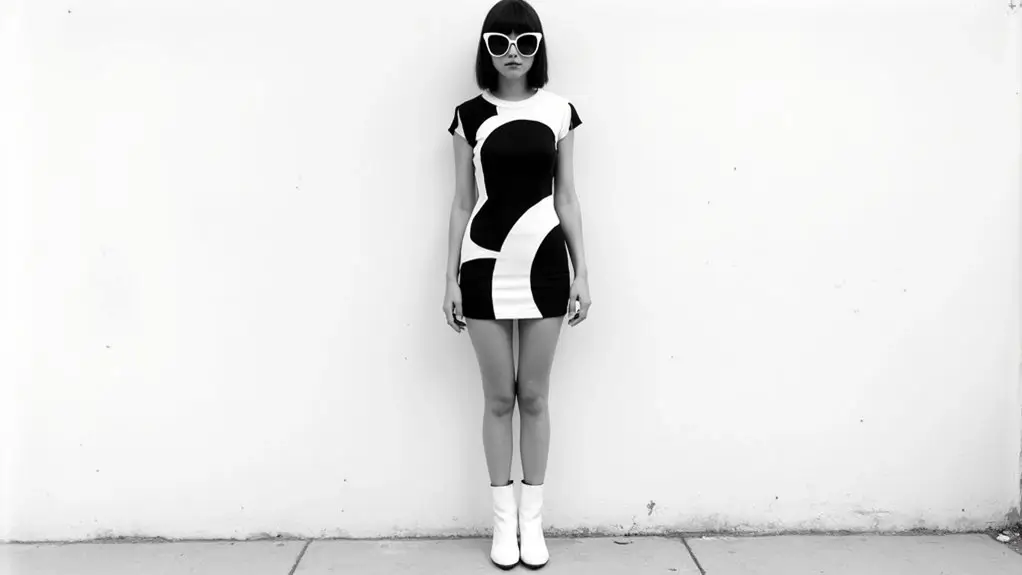
To understand the essence of mod fashion, it's essential to explore its cultural influences.
Music
The music of mod fashion came from a blend of American R&B, modern jazz, and British rock.
Early mods would gather in coffee shops. There, jukeboxes played the latest records from influential artists like Miles Davis and Muddy Waters. They also enjoyed modern jazz and danced at jazz clubs in Soho until dawn.
The mod subculture embraced black music, including Jamaican ska. This helped shape its progressive identity.
British bands soon captured the movement's spirit. The Who's "My Generation" became the defining anthem.
Groups like The Kinks and The Small Faces followed suit. They created music that reflected the mod youth's desire for cultural transformation.
Scooter Culture
Italian-designed scooters rolled onto British streets in the early 1960s. Then, they quickly became integral to mod identity and transformed urban youth culture.
Mods chose Vespa and Lambretta over other motorcycles. They favored the sleek design and practical nature for city navigation.
These scooters weren't just vehicles. They became canvases for personal expression through customization. This reflected mod culture's emphasis on individuality.
Media and Film
Popular magazines and movies helped mod fashion become a major style of the 1960s.
Television programs like Ready Steady Go! brought mod style directly into British homes. Fashion magazines amplified its influence beyond London's boundaries.
The movement's most dramatic representation was in the film Quadrophenia. It captured both the aesthetic appeal and social dynamics of mod culture.
Media focus on influential designers like Mary Quant and Kings Road boutiques. This boosted mod fashion's aspirational appeal. It was presented as part of the larger Swinging London movement that would change youth culture globally.
The Legacy of Mod Fashion
Modern fashion draws inspiration from the mod style's groundbreaking impact in the 1960s. This shows its lasting influence on contemporary design.
The modernist aesthetic is alive in today's tailored suits, fishtail parkas, and Chelsea boots, as well as the geometric patterns that dominated the original mod scene.
Designers often reference iconic pieces like Mary Quant's miniskirts and sharp-cut suits in their collections. Celebrities like Paul Weller and Miles Kane help keep the style relevant.
The movement's focus on careful grooming and gender-fluid fashion is still important. Modern fashion increasingly embraces these ideas.
You can see mod's legacy in everything from high-street fashion to haute couture.
How to Incorporate Mod Fashion into Daily Life
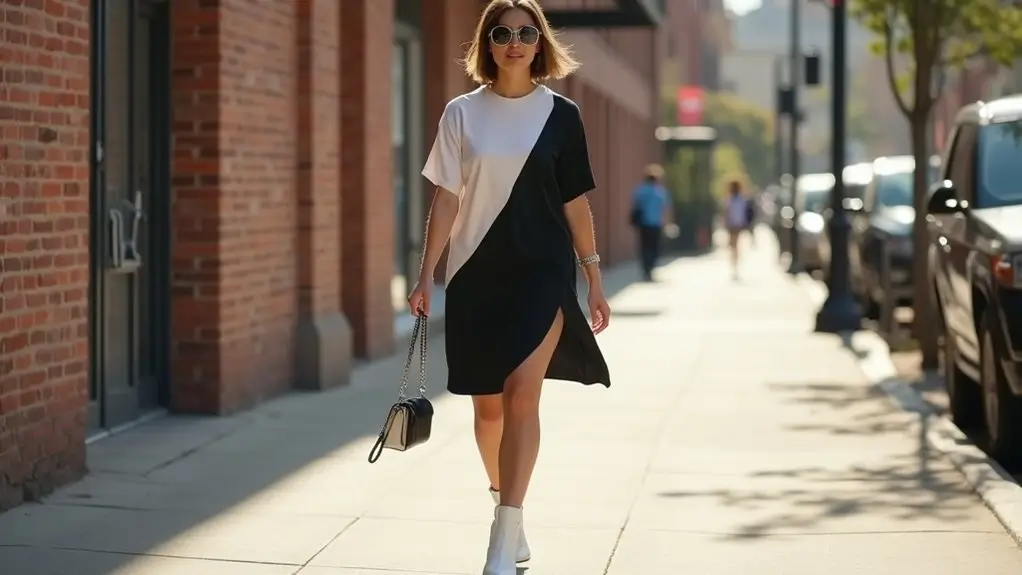
So, how can you incorporate mod fashion into your daily wardrobe? It begins with selecting key pieces that embody the subculture's sophisticated aesthetic.
Start with tailored suits featuring narrow lapels. Or invest in versatile items like knitted polos and Chelsea boots. They capture the sharp, clean-cut mod style.
Mix vibrant colors and bold graphic prints while maintaining slim-fit silhouettes. Choose logo-less clothing and quality fabrics to emphasize individuality.
For a contemporary approach, combine casual elements with traditional mod pieces. Pair a Harrington jacket with selvedge denim and a crisp button-down shirt. Stay current by updating your wardrobe with modern interpretations of classic mod fashion.
Conclusion
Mod fashion represents a significant cultural shift. It redefined style and self-expression for a generation. Emerging from London's youth culture in the 1960s, it embraced individuality through sharp tailoring, bold colors, and unique designs.
The movement’s influence extended globally. It inspired future fashion trends and maintains relevance today. Incorporate essential elements into your mad wardrobe. So, you can celebrate the legacy of this iconic style.
Learn more fashion tips on the Longan Craft Blog, and dive into the fabric world with Longan Craft!

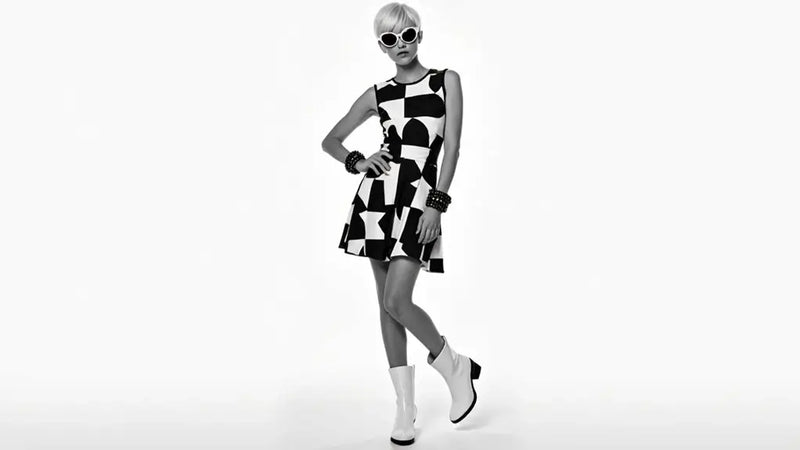
0 comments